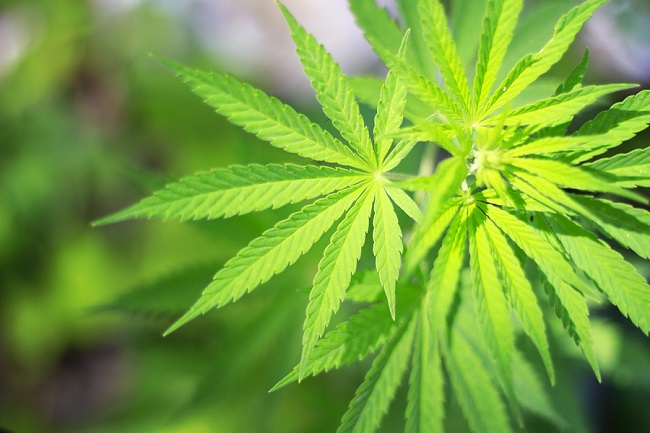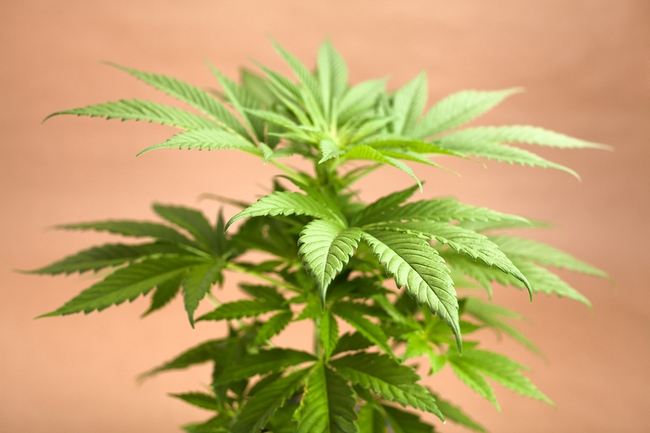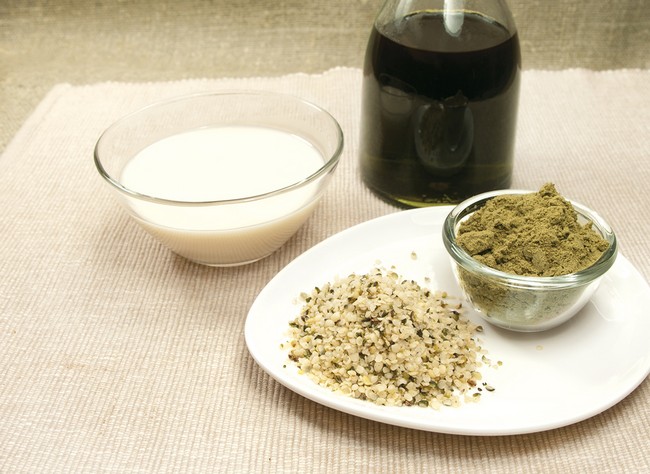- Make It Yourself Lavender Heart-Shaped Bath Bombs!
- 20 Things You Never Knew About “Down There”
- 12 Best Foods For Those Suffering From Arthritis Pain
- 12 Personal Hygiene Mistakes Almost Everyone Makes (Mom Never Told You About #4!)
- 15 Medicinal Plants And Herbs From The Cherokee People
- 12 Mind-Blowing Benefits Of Drinking Coconut Water During Pregnancy
- 12 Outstanding Winter Foods That Won’t Fatten You Up Like A Christmas Turkey
The Shocking Things Smoking Pot Does to the Brain and Body

Photo credit: bigstock.com
Mary Jane, pot, weed, marijuana… no matter what name you call it, this is perhaps the most popular, but illegal, drug anywhere in the world. In the past 5 to 10 years, however, support for its legalization, both for medicinal and recreational purposes, has been gaining ground.
Supporters say that pot is nowhere near as dangerous as alcohol and much less destructive to the body than tobacco. Opponents say that it dulls the mind, ruins the memory, and is just as dangerous to the lungs and mouth as tobacco products.
Although there is a great need for more research in this area, there is a great deal that is known about marijuana and its effects on the body and mind. Although pot has been used for untold centuries as both a medicine and as means of pleasure (it’s even mentioned in the Old Testament of the Bible, known then as kaneh bosem) there have not been a huge number of controlled studies. This is because pot has been listed as a Schedule I drug, which puts it right up there with the most dangerous of all drugs, including heroin and LSD. Hard to believe, but true. In fact, according to the FDA, cocaine and meth are only Schedule II drugs! Therefore if you want to do clinical research on pot, you need research grade material and special permission to run the tests.
Although there have been popular movements lately to reclassify and decriminalize marijuana, without being armed with the necessary knowledge to fight those who believe that legalization attempts are nothing more than a bunch of pot-heads who want nothing more than to get high. So let’s look at the facts:
Continue to Page 2

Photo credit: bigstock.com
Marijuana is Less Harmful and Less Addictive than Other Drugs
Although addiction is a very complex topic, it is possible for people to become addicted to anything, anything that gives us pleasure. This means alcohol, ice cream, and even Facebook. Well, OK, perhaps not Facebook, but you get the picture. So while pot addiction is very real, it does appear to be much rarer than other substances, legal or illegal.
Statistics say that about one out of every 10 people who use marijuana will become hooked on it, but this is small when you consider that 20 percent of cocaine users will get hooked, 32 percent of tobacco users, and 15 percent of those who drink alcohol. Another important thing to consider is that people can overdose on heroin, cocaine, alcohol, and prescription drugs, but the only way marijuana will kill you is if someone rolls a couple of bales of it on top of your face.
Pot has been shown to be much less addictive and dangerous than other substances; in fact, more than 100 times safer than alcohol. So the addiction avenue opponents try to use is moot.
Continue to Page 3

Photo credit: bigstock.com
Marijuana Does Not Appear to Affect Memory or Concentration
Although the short term effects of smoking pot is felt within a matter of minutes, it peaks within 30 minutes and is then completely gone within two to three hours. You often hear, however, that heavy or even regular pot smokers have memory or concentration problems.
Although more research really needs to be done in this area, the 2012 review of research that is available was published in the Journal of Addiction Medicine found that the immediate impairments of concentration and memory do not appear to be permanent. Although pot will impair the user’s concentration and attention span, it does not appear to affect even heavy users for more than 6 hours after ingesting or smoking. Several studies have found no long term effects on working memory.
Studies done in 2002 found that even if your memory is messed up while you are smoking, it will go back to normal within a matter of days, at most.
Continue to Page 4

Photo credit: bigstock.com
Marijuana is More Dangerous for Teens, However
Your chances of becoming addicted to pot increases greatly if you use it daily and you start smoking while you are still a teenager. The National Institute on Drug Use states that addiction increases to about 17 percent for those who start in their teens and as high as 50 percent amount those who smoke it daily. In your teenage years, pot can cause changes to the brain that impair learning abilities, because teenagers’ brains are still not fully developed and are still growing and changing until the age of 25 or so. So habitual pot smoking can lead to changes in the brain which leads to changes in personality, judgement skills, and reasoning abilities. Although adults appear to use pot with very little, if any, harm, in teenagers, marijuana damages the heart, lungs, and increases the incidences of depression and anxiety. Some studies have even linked it to schizophrenia, but further research is needed in this area.
Much of the pot that is being sold today is much more potent than it was in the 1960’s. This means the potential for more serious effects on teenagers is more prevalent than ever before. Doctors state that they are seeing many more emergency room visits with excessive vomiting and delirium episodes involving teenagers.
Although this isn’t something young people want to hear, you should wait until you are at least 20 before you being smoking or consuming pot on a daily basis. Parents, you should also discuss this with your children, although chances are good they won’t listen. All you can do is try.
Continue to Page 5

Photo credit: bigstock.com
Smoking Marijuana is The Most Dangerous Way of Using It
Although most people smoke their pot, the truth is that this is the most dangerous way of consuming it. Using it in food, as a tea, or making oils or tinctures are all safer methods of consumption. However, if you truly enjoy using it, a vaporizer is the best alternate option. Vaporizing, sometimes referred to as a bong, is better than just rolling a blunt.
Although not as dangerous as tobacco smoke, marijuana smoke is still irritating to the lungs and contains some of the same toxins, carcinogens, and irritants as tobacco smoke. Smoke damages the lungs, whether it’s cigarette smoke, wood smoke, or marijuana smoke. Again, a review of available studies done in 2013 showed that heavy, long term smoking of pot can lead to lung cancer or pulmonary disease; however, there is definitely a much bigger risk of developing these things with tobacco use.
If you are using marijuana for pain relief, consuming it orally in a food substance is the best way to go. Topical solutions of marijuana, such as lotions and ointments, are best used as analgesics and anti-inflammatories.
Continue to Page 6

Photo credit: bigstock.com
Lastly, There are Hundreds of Potential Medical Uses
At last count, 24 states and Washington DC have legalized at least the medical use of marijuana for those suffering from serious diseases such as cancer, MS, AIDS, epilepsy, nausea, and many other conditions. More than 76 percent of doctors said that they would have no problem prescribing marijuana for medicinal purposes.
There appear to be no adverse effects to using weed, although there is a limited amount of research to rely on for this. Even the Veterans’ Administration of the United States clearly identifies that marijuana use is of great benefit to those who are suffering from post-traumatic stress syndrome. Parents with children who suffer from movement disorders or seizures that medication cannot control state that marijuana has relived most, if not all, of their symptoms. Studies outside of America show that cancerous tumors are being reduced with cannabis treatments. Isn’t it strange that a country where aspirin kills about 500 people each year and where there are no deaths reported ever, in the history of mankind, being attributed to marijuana, would try to keep laws in place outlawing it’s use because we are afraid someone might enjoy it or become addicted?
SEE ALSO: This One Thing is Leading to Fewer Prescription Drug Deaths
Although we really do need more research done involving marijuana, rather than continue to look only at its negative health issues, we should be focusing on how it can help people, what doses work best, and how often should it be used to obtain maximum results.
References:































